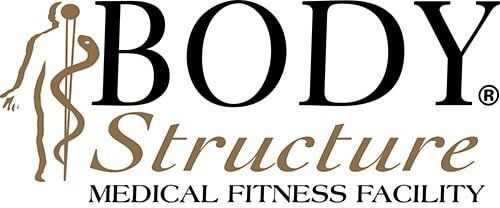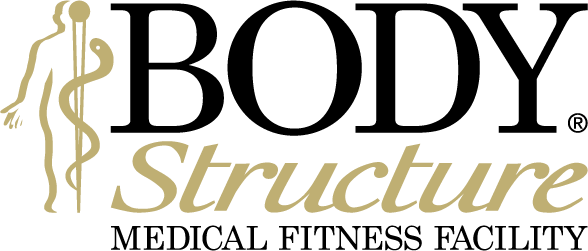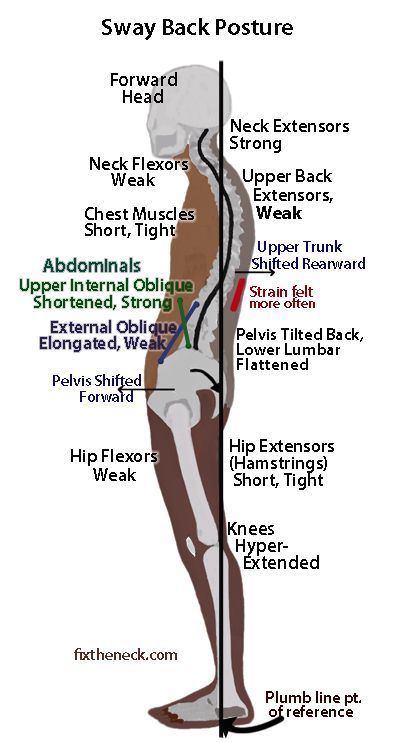Gotta Move to Keep Moving
About 2,400 years ago, a popular fellow named Aristotle once said, “Life requires movement.” For over two millennium, we’ve known that our bodies need to move to stay healthy; yet most of us nowadays have no idea how good our bodies are designed to feel. Our joints ache on cold days. We get up from chairs making all sorts of funny noises. The idea of climbing those basement stairs with a basket of laundry can almost bring a tear to our eyes. The culprits behind these aches and pains can be any combination of osteoarthritis, inactivity, aging, injuries, repetitive movements, and poor posture.
Putting our bodies in motion doesn’t have to be such a burden if we consider the thoughts of Mr. Aristotle. We are designed to move, and our joints, surrounding connective tissues, and muscles are at the front line of movement. So how do we preserve or renew our joint health?
Exercise
It may seem counterintuitive, but I promise moving more will
help you hurt less. In fact, moving less greatly contributes to muscles getting
weaker, which in turn leads to more joint issues and snowballs into all sorts
of postural and alignment issues down the road.
Exercise helps maintain and restore health, joints included.
I recommend resistance training as part of any well rounded exercise routine. Resistance training is contracting muscle groups in order to move against an external force, aka moving weights around. Over time, your body will adapt to the strain resistance training puts on the bones, muscles, and connective tissue by making them all stronger. The key is improving the integrity of the tissue around a joint. Generally speaking, the stronger the muscles surrounding a joint, the better off the joint will be.
Strengthening your muscles can contribute to better posture, but we must also consider the available range of motion at a joint. Weak muscles on one side of a joint allows tight muscles on the other side to pull a joint out of alignment, so strengthening our muscles only solves part of the problem. The solution to the rest of the problem is to deactivate these overactive, tight muscles to allow the joints to move more freely.
Unfortunately, the solution of stretching the tight muscles and strengthening the weak ones isn’t as simple as we would like it to be. Since our joints all work together and rely on each other, we can’t just focus on one joint to solve the problem of poor posture. As an example, our ankles’ ability to move can affect how well our shoulders function. A movement screen by a physical therapist or qualified personal trainer can help us better aim at the target through a much clearer lens. The movement screen can determine where the imbalances are, how our bodies have adapted to the imbalances, and provide a better, more individualized solution.Learning to move better and then doing it often will diminish the nagging aches and pains many of us have developed over the years. Remember that we must move to keep moving.























